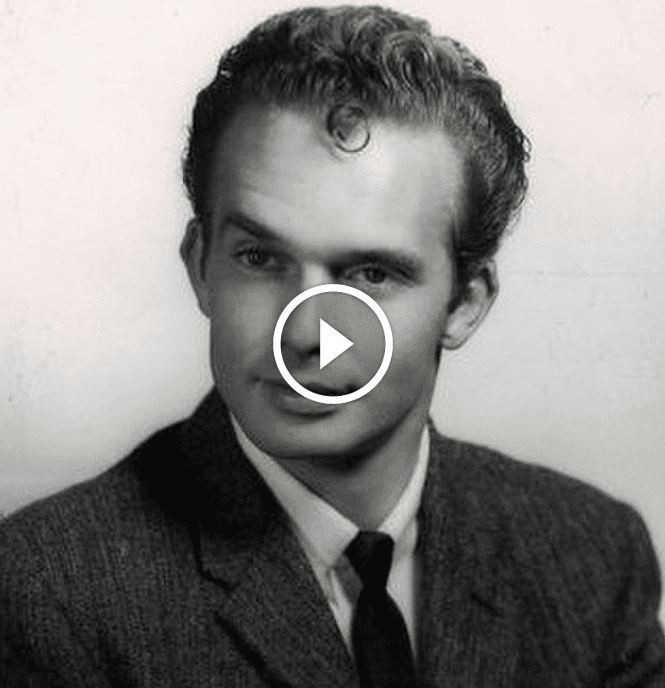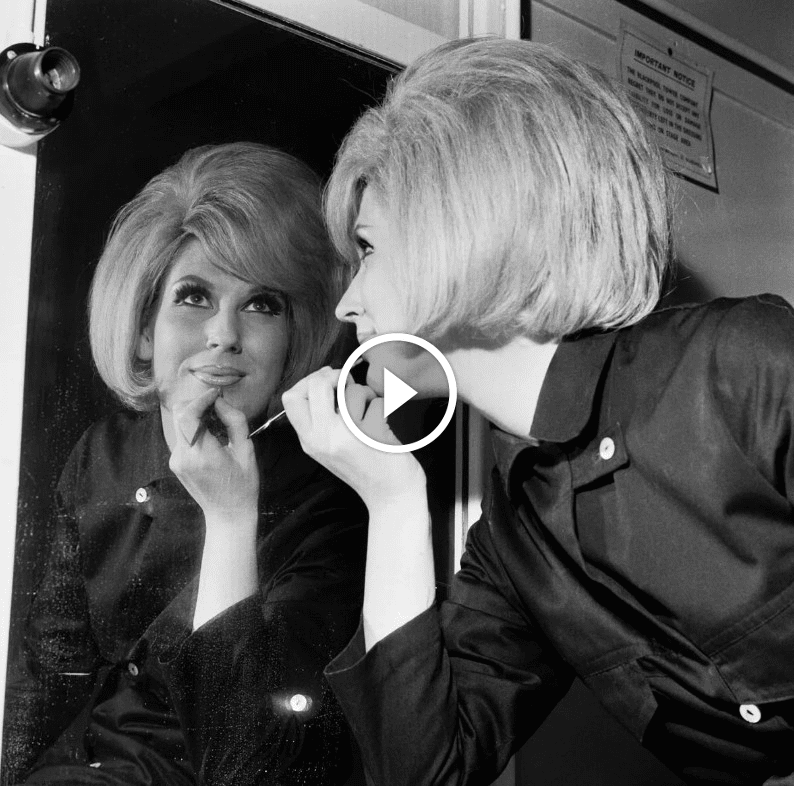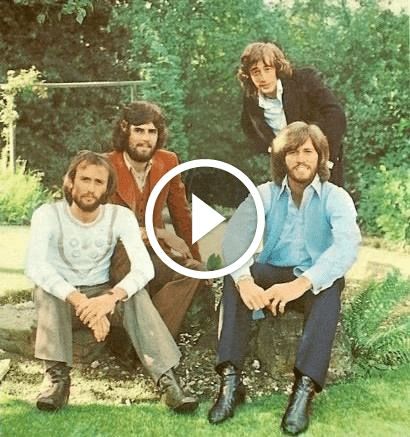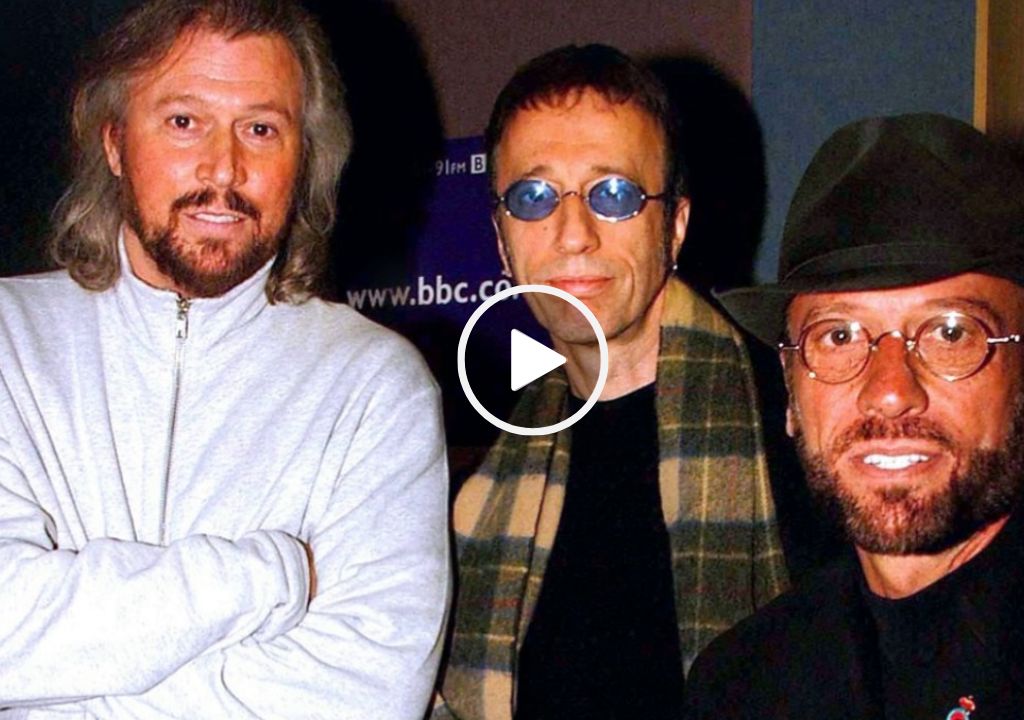The landscape of country music in the early 1980s was undergoing a significant shift. The “outlaw country” movement, spearheaded by artists like Willie Nelson and Waylon Jennings, challenged the polished sounds and conservative themes that dominated the genre. This movement embraced a more raw and rebellious spirit, often exploring themes of social commentary, personal struggles, and the lives of outlaws. One song stands out as a quintessential example of this era, a poignant ballad that captured the imagination of listeners with its vivid storytelling and unforgettable characters: “Pancho and Lefty”, a duet by country music legends Merle Haggard and Willie Nelson. Released in 1983 on the collaborative album Pancho & Lefty, the song became a cornerstone of outlaw country, resonating with its portrayal of lost dreams and the transient nature of the outlaw life.
Composed by the enigmatic singer-songwriter Townes Van Zandt, “Pancho and Lefty” wasn’t initially intended for Haggard and Nelson. However, the song’s raw storytelling and evocative imagery perfectly aligned with the outlaw country movement. The lyrics paint a picture of two outlaws, Pancho and Lefty, their fates intertwined. Pancho, a Mexican bandit, meets his demise in a dusty Mexican town. Lefty, a down-and-out singer, mourns his fallen comrade while reflecting on his own uncertain future. The song doesn’t glorify the outlaw life; instead, it portrays it as a path fraught with danger and loneliness. “Pancho and Lefty” transcends a simple Western narrative; it becomes a metaphor for the struggles of anyone living on the fringes of society, yearning for connection and purpose.
For the album version, Merle Haggard and Willie Nelson took turns delivering the song’s verses, their distinct vocal styles perfectly complementing each other. Haggard’s gruff baritone embodies the weathered spirit of Lefty, while Nelson’s smoother vocals add a touch of melancholy to the narrative. Producer Funny Mullins, known for his work with artists like Waylon Jennings and Jessi Colter, took the reins for the recording. Understanding the song’s stark beauty, Mullins crafted a production style that mirrored the dusty landscapes and lonely characters depicted in the lyrics. A foundation of acoustic guitar and mournful fiddle lays the groundwork, creating a sense of quiet desperation. Subtle use of steel guitar adds a touch of Western atmosphere. The vocal performances are the focal point, with Haggard and Nelson delivering their parts with a raw sincerity that perfectly captures the song’s emotional core.
“Pancho and Lefty” became a defining moment for both Haggard and Nelson. The song reached number one on the country charts, solidifying their positions at the forefront of the outlaw country movement. Beyond commercial success, the song resonated with listeners for its vivid storytelling, its portrayal of the complexities of the outlaw life, and its timeless themes of loss, companionship, and the search for meaning in a world that often feels unforgiving. “Pancho and Lefty” remains a staple of country music, a testament to the enduring power of songwriting, collaboration, and the ability of music to transport listeners to another time and place.
This introduction sets the stage for a deeper exploration of Merle Haggard and Willie Nelson – Pancho and Lefty. We can delve into the creative process behind Townes Van Zandt’s composition, analyze the production choices that create the song’s stark and melancholic atmosphere, explore the song’s enduring legacy as a cornerstone of outlaw country music, and examine how its themes of lost dreams and the complexities of living on the fringes of society continue to resonate with listeners today.



